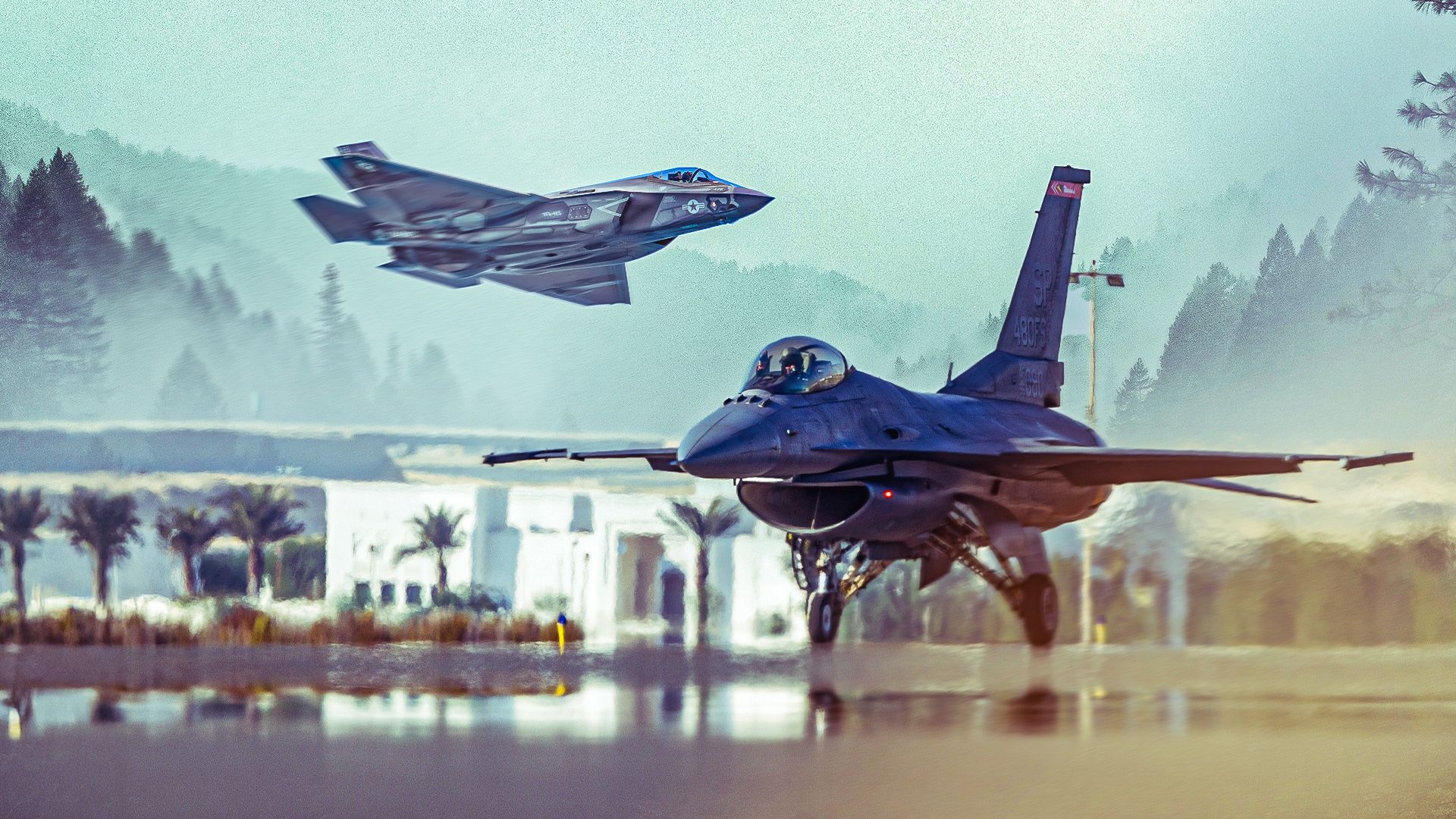As the United States Air Force (USAF) transitions its squadrons to the advanced F-35 Lightning II, the retirement of the F-16 Fighting Falcon marks a significant shift in aerial capabilities. This change is not limited to the U.S., as allies worldwide, including the United Kingdom, Italy, Norway, and Australia, are also integrating the Joint Strike Fighter into their fleets. The evolution of air combat technology is underscored by a direct comparison between the two aircraft, emphasizing the generational differences in design and operational strategy.
The F-35, often referred to by its nickname “Fat Amy,” is designed with stealth as its primary advantage, allowing it to operate effectively in contested airspace. Its radar-absorbent materials and internal weapons bays minimize detection, a critical factor that gives it a strategic edge over the F-16. While the F-35 has a lower top speed than the F-16, it compensates with superior stealth and beyond visual range (BVR) capabilities. This aircraft’s design philosophy suggests that air-to-air combat will increasingly take place at long ranges, where its advanced sensors can detect and engage threats before they become visible.
Stealth and Situational Awareness: The F-35’s Edge
The F-35’s technological advancements redefine modern air combat. Its ability to engage targets before they are detected is a game-changer in the battlefield. Equipped with sophisticated sensors and data integration systems, the F-35 can act as a command and control node, enhancing the effectiveness of allied forces. In contrast, the F-16, despite being a well-regarded multirole fighter, relies on speed and agility, which are less relevant in today’s information-driven combat environment.
Key specifications highlight the differences between these two aircraft. The F-16C/D has a thrust of 27,000 pounds, a wingspan of 32 feet, 8 inches, and a maximum speed of 1,500 mph. It serves as a multirole fighter with a maximum payload of 37,500 pounds and boasts a ferry range of over 2,002 miles. In comparison, the F-35A, produced by Lockheed Martin, utilizes a Pratt & Whitney F135-PW-100 turbofan engine for 43,000 pounds of thrust, a maximum speed of Mach 1.6, and a range of over 1,350 miles with internal fuel.
Future of Air Combat: The F-35’s Role
The introduction of the F-35 reshapes the USAF’s strategic mix of aircraft. Traditionally, the F-16 represented the “low” end of the fighter mix, providing cost-effective solutions for less challenging missions. The F-35, while significantly more expensive, is designed for high-end conflicts, capable of dominating heavily defended airspace. Its versatility allows it to conduct strategic attacks, suppress air defenses, and provide close air support, consolidating multiple roles into a single stealth platform.
On July 2, 2025, Italy announced plans to establish the first F-35 fighter pilot training school outside of the United States. Defense Minister Guido Crosetto emphasized the importance of defense as a driver of social, economic, and technological innovation. This initiative reflects Italy’s commitment to the global F-35 program and its role in enhancing collective security among allied nations.
The F-35 program’s complexity has led to significant costs and delays, raising questions about its affordability. The total cost has surpassed previous military programs, including the historic Manhattan Project. Despite these challenges, the F-35’s technological superiority offers a critical advantage against near-peer adversaries like China and Russia.
With approximately 3,000 airframes expected to be deployed globally, the F-35 strengthens a united front among allies, signaling collective resolve against potential threats. As the USAF and allied forces recapitalize their fleets, the F-35 stands poised to lead the charge into the future of air combat, while legacy jets like the F-16 will gradually fade from active service.







